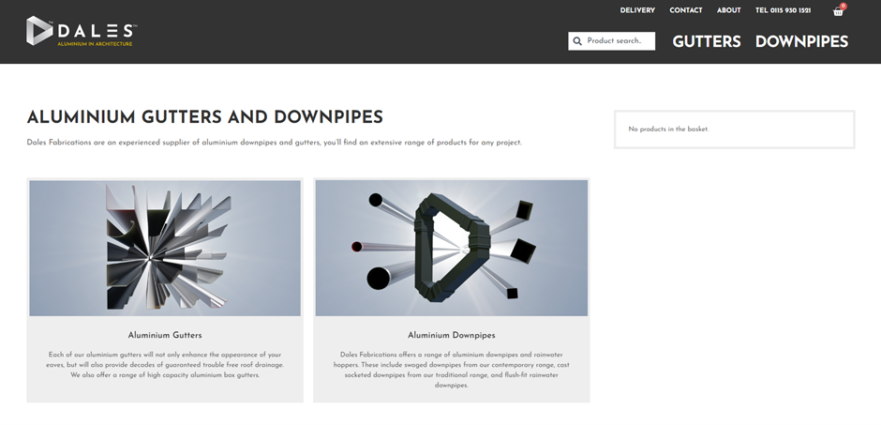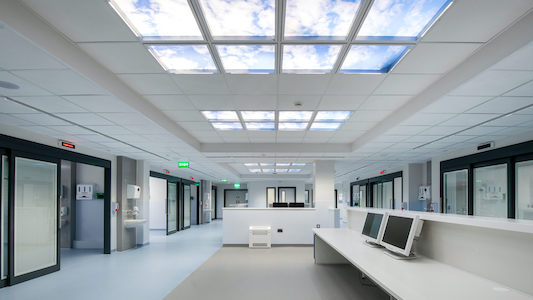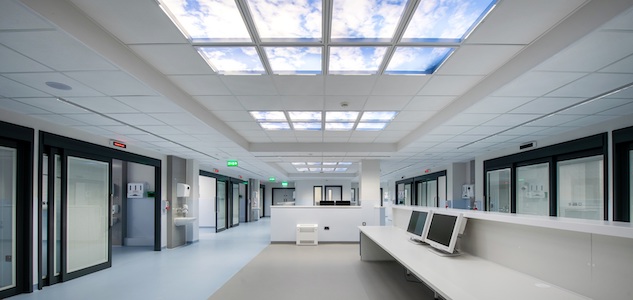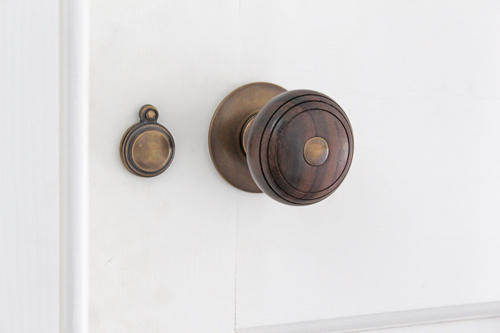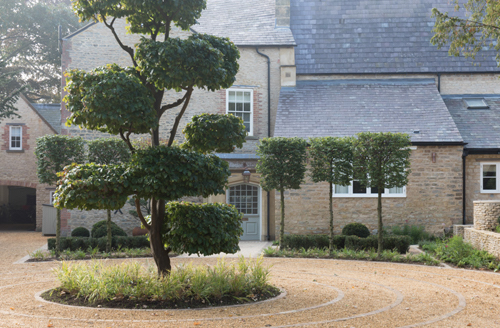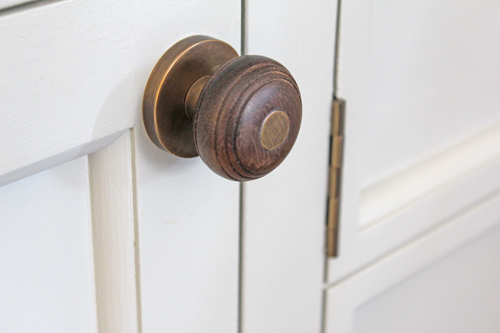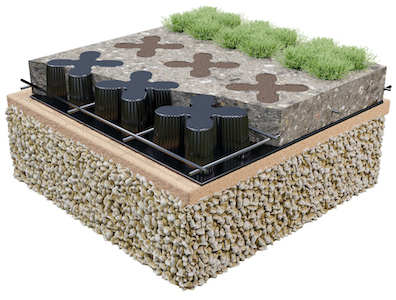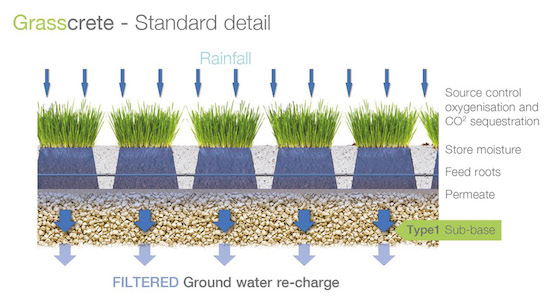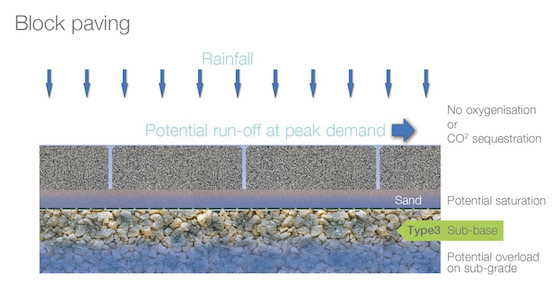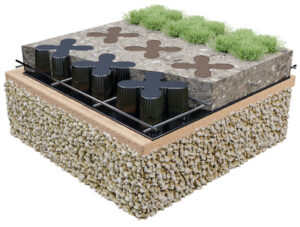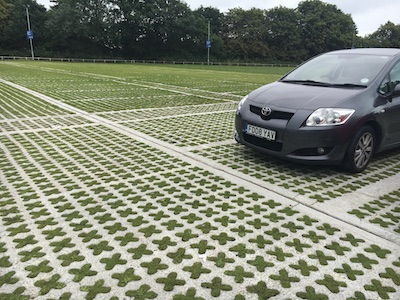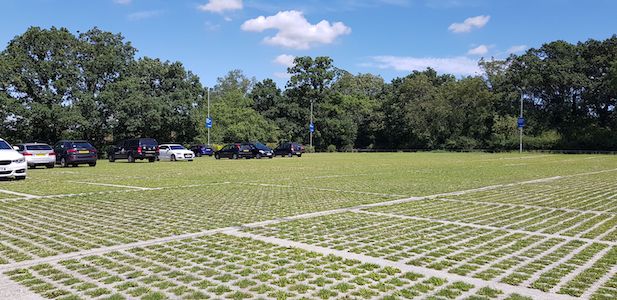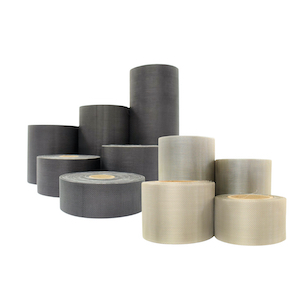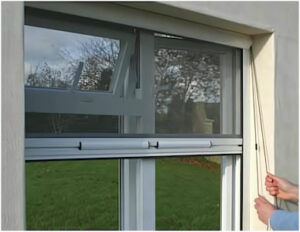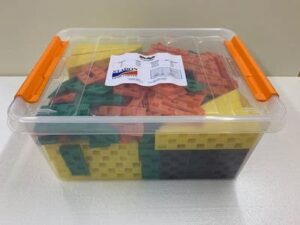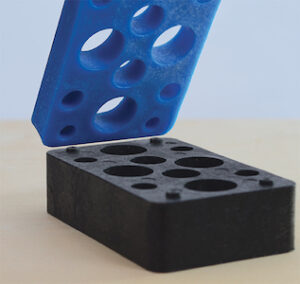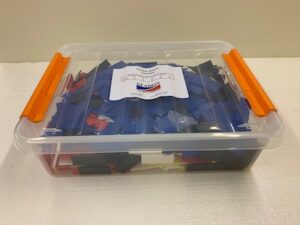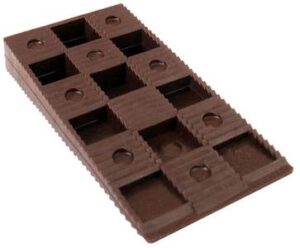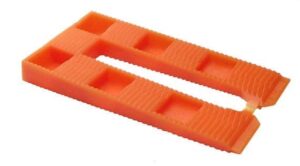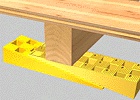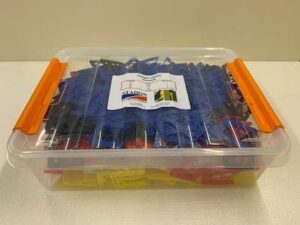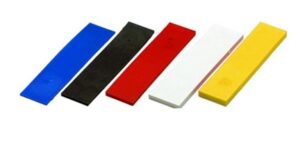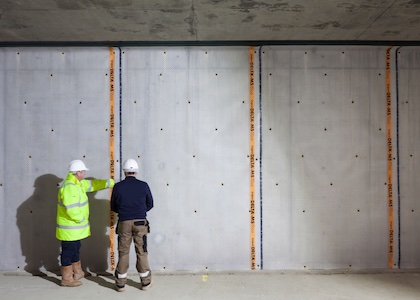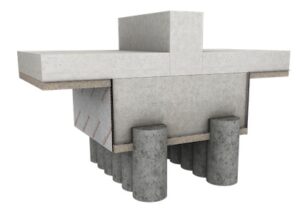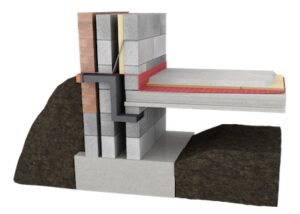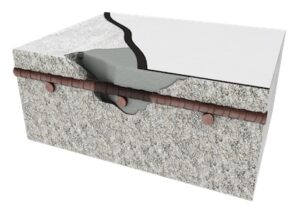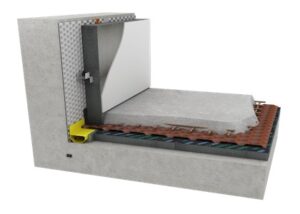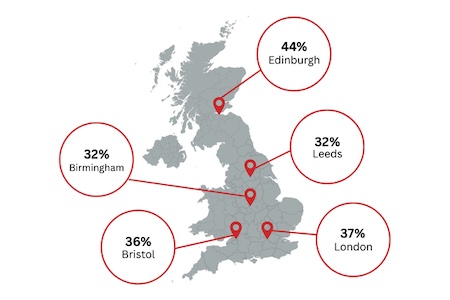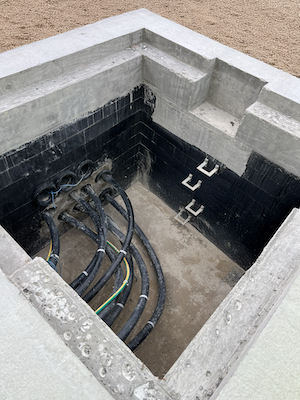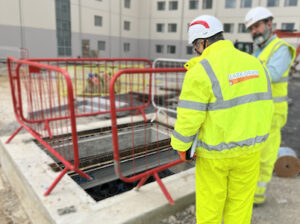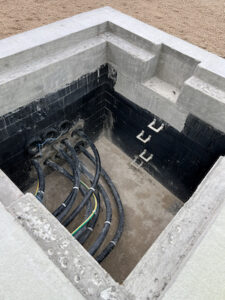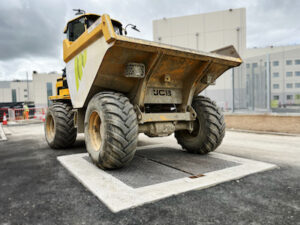View the Eurocell entry on BPindex
- Performance: EPC B ratings with U-values down to 1.2 W/m²K, meeting Future Homes standards.
- Sustainability: ~40% recycled content, lower embodied carbon, and fully recyclable at end of life.
- Value without compromise: 30–50% cost savings versus aluminium, while meeting all specification requirements.
Specialist PVC-U manufacturer and installer Hastings Windows has unveiled its latest transformation project in collaboration with Eurocell, the UK’s leading manufacturer and recycler of PVC-U windows and doors and supplier of building materials.
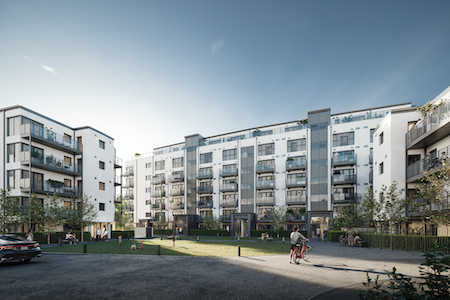 Station Plaza, a flagship 103-unit residential development in Hastings, was originally earmarked for student accommodation. But fresh plans to transform the site into modern, high-spec homes for long-term renters meant a full window and door upgrade, with strict requirements for aesthetics, energy performance and safety.
Station Plaza, a flagship 103-unit residential development in Hastings, was originally earmarked for student accommodation. But fresh plans to transform the site into modern, high-spec homes for long-term renters meant a full window and door upgrade, with strict requirements for aesthetics, energy performance and safety.
The upgrade presented a number of technical challenges, including:
- Two roundel buildings of 4 and 5 storeys with complex façade geometry and corner angles of up to 170 degrees
- External insulation build-up requiring extended cills and recessed frame positioning
- Installation of glazed units on a live site at height, with the tallest building reaching 7 storeys
- A need to complement the style of the adjacent college campus
To meet these demands, Hastings Windows, a Eurocell fabrication partner for more than 20 years, proposed a full switch to the Eurocell Logik PVC-U solution.
Aluminium had originally been specified, but the move to PVC-U offered significant cost savings, with PVC fittings often 30-50% cheaper while still meeting both thermal performance and energy efficiency targets.
PVC-U profiles offer sustainability advantages too; it typically has lower embodied carbon than aluminium in production, particularly when recycled content is included. Each Logik window system includes around 40% recycled plastic as part of Eurocell’s closed-loop manufacturing process, minimising environmental impact without knocking performance.
The Logik range features a chamfered profile for a fresh, contemporary look. Tilt and turn functionality helps improve ventilation as well as access for cleaning – an essential in high-rise environments. 225mm cills were used throughout the project to accommodate the thick external insulation while ensuring weatherproofing integrity.
All the residential units were awarded EPC B ratings, with the windows achieving U-values as low as 1.2 W/m² to align with the Future Homes standard. The superior insulation offered by the Logik windows will help cut energy consumption and consumer bills.
Eurocell provided technical support throughout the project, assisting with structural calculations, drawings, wind load considerations, and compliance checks.
Hastings Windows director Tony Lee said:
“From the outset, it was clear that this project would push our design and manufacturing capabilities. By switching to Eurocell’s Logik system, we were able to maintain the architectural intent – it’s a showcase of what well-specified PVC-U can achieve.”
Pierre Lombard, Joint Managing director at developer and construction manager Purple Pepper Ltd added:
“For a development of this size and specification, it was essential to find a solution that could meet our high design standards and energy performance targets. By partnering with Hastings Windows and specifying Eurocell’s Logik system, we delivered a clean finish that blends sleek aesthetics with excellent thermal performance.”
David Woolley, Area Sales Manager at Eurocell, commented:
“The transformation from the old site to the new has been incredible, not just from an aesthetics perspective, but on paper too. The thermal efficiency, outstanding acoustic performance, robust security and long-term durability of the Logik window range provides real-world value at every level.”
Collaboration has been at the core of the project. Following the success at Station Plaza, Hastings Windows has been appointed by Purple Pepper for its next luxury development in West Sussex for four bespoke five-bedroom homes, beginning what both firms hope will be a long and successful partnership.
For more information on how Eurocell can assist you in delivering your next project, please contact the team: newbuild@eurocell.co.uk, 0870 120 3003.

